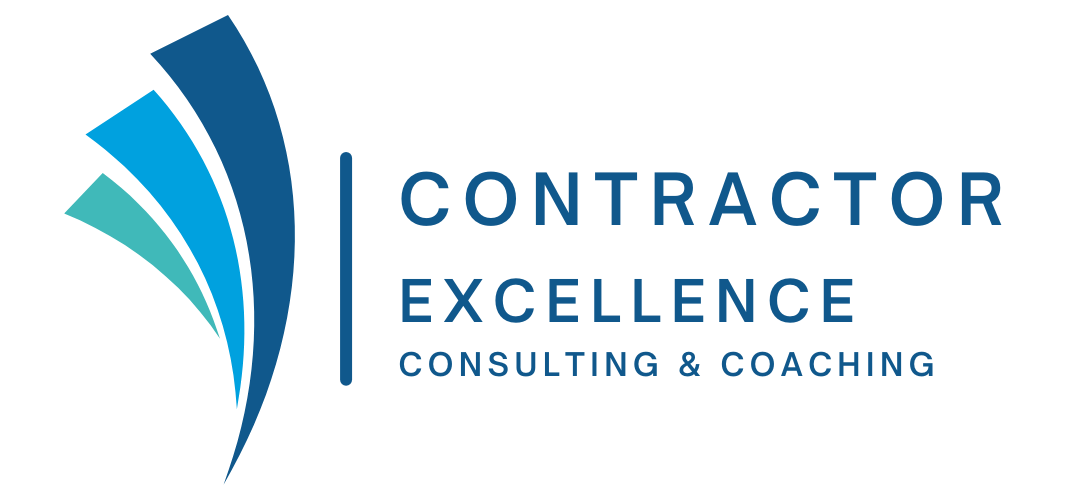Overcoming Bottlenecks in the Workplace
Streamlining Success: Identifying and Overcoming Bottlenecks in Home Services Companies
In the fast-paced world of home services, efficiency is king. From HVAC repairs to plumbing emergencies, delivering prompt and reliable service is crucial for customer satisfaction and business growth. However, many home services companies find themselves grappling with frustrating slowdowns and inefficiencies – often due to hidden bottlenecks.
Bottlenecks are choke points in your operational workflow that restrict overall output and productivity. They can lead to delayed service, frustrated customers, burnt-out employees, and ultimately, lost revenue. The good news is that with a systematic approach, these obstacles can be identified and overcome, paving the way for smoother operations and sustainable growth.
Identifying the Bottlenecks: Where to Look
Pinpointing bottlenecks requires a keen eye and a willingness to analyze your entire operational chain. Here's where to start your investigation:
- Analyze Your Workflow Map: Do you have a clear, documented process for every service you offer, from initial customer contact to job completion and follow-up? If not, create one. This visual representation will immediately highlight areas where tasks pile up or handoffs are unclear.
- Quantify Time and Resources:
- Call Center/Dispatch: Are calls being answered promptly? Is dispatching efficient, or are technicians waiting for assignments? Track call wait times, dispatch times, and the time it takes to schedule a service.
- Technician Efficiency: How long does each type of job typically take? Are there significant variations? Are technicians spending excessive time on administrative tasks, travel, or waiting for parts? Analyze job completion times and travel logs.
- Inventory Management: Are technicians frequently delayed due to missing parts or incorrect inventory? Track stockouts and the time it takes to source necessary components.
- Billing and Follow-up: Is there a lag between job completion and invoicing? Are follow-up communications timely and effective?
- Gather Employee Feedback: Your front-line staff often have the clearest insights into daily frustrations and inefficiencies. Conduct regular surveys or hold open forums where technicians, dispatchers, and administrative staff can share their perspectives on what slows them down. Ask specific questions like:
- "What's the most common reason you can't complete a job on time?"
- "What repetitive task do you find most time-consuming?"
- "What information do you frequently lack when starting a job?"
- Listen to Your Customers: Customer complaints are often symptoms of underlying bottlenecks. Pay close attention to feedback regarding:
- Long wait times for service or call-backs.
- Multiple visits required for the same issue.
- Lack of communication or clarity throughout the service process.
- Utilize Technology & Data: Many modern home services software solutions offer valuable data analytics. Leverage these tools to track key performance indicators (KPIs) such as:
- Average time to close a service request.
- First-time fix rate.
- Technician utilization rates.
- Customer satisfaction scores.
- Revenue per technician.
Overcoming Bottlenecks: Strategies for Optimization
Once you've identified your bottlenecks, it's time to implement targeted solutions. Here are some effective strategies:
- Optimize Scheduling and Dispatching:
- Smart Scheduling Software: Invest in software that optimizes routes, considers technician skill sets, and accounts for estimated job times. This reduces travel time and ensures the right technician is on the right job.
- Real-time Tracking: Implement GPS tracking for technicians to get real-time updates on their location and job status, allowing for more agile dispatching.
- Dynamic Rescheduling: Be prepared to adjust schedules dynamically based on unexpected delays or emergencies.
- Empower Your Technicians:
- Comprehensive Training: Ensure technicians are fully trained on a wide range of issues to increase first-time fix rates.
- Mobile Tools & Information: Provide technicians with tablets or smartphones equipped with access to customer history, service manuals, diagnostic tools, and real-time inventory levels. This reduces reliance on the office for information.
- On-site Inventory Management: Equip service vehicles with a well-stocked and organized inventory of commonly used parts to minimize trips back to the warehouse.
- Streamline Communication:
- Integrated Communication Platforms: Utilize a centralized system for internal communication (between dispatch, technicians, and admin) and external communication (with customers). This can include automated SMS updates for customers regarding technician arrival times.
- Clear Handoff Procedures: Establish clear protocols for transferring information between different departments or individuals involved in a service job.
- Improve Inventory Management:
- Just-in-Time Inventory: Implement strategies to minimize excess inventory while ensuring critical parts are always available.
- Regular Audits: Conduct frequent inventory audits to ensure accuracy and identify slow-moving or obsolete parts.
- Strong Supplier Relationships: Develop reliable relationships with suppliers to ensure timely delivery of parts.
- Leverage Automation:
- Automated Reminders: Use automated reminders for customer appointments and follow-ups.
- Automated Invoicing: Implement systems that automatically generate invoices upon job completion.
- Chatbots for FAQs: Consider using chatbots on your website to answer common customer questions, reducing call volume to your dispatch center.
- Cross-Train Employees: Cross-training staff in different roles can provide flexibility and prevent slowdowns when a key individual is unavailable. For example, administrative staff could be trained to assist with basic dispatching during peak hours.
- Continuously Monitor and Adapt: Bottleneck removal is an ongoing process. Regularly re-evaluate your workflows, track your KPIs, and solicit feedback to ensure that new bottlenecks don't emerge as your business grows. What was efficient yesterday may not be efficient tomorrow.
Conclusion
By proactively identifying and strategically addressing bottlenecks, home services companies can transform operational challenges into opportunities for greater efficiency, improved customer satisfaction, and ultimately, sustainable business growth. Don't let hidden roadblocks impede your success – take action to streamline your operations today!
Ready to take your home service business to the next level? At Contractor Excellence Consulting & Coaching, we're passionate about helping businesses like yours achieve significant and sustainable growth. With over five decades of collective experience in owning and operating successful home service companies, our team intimately understands the unique challenges you face, and we have developed proven strategies across seven key areas to drive your profitability.
Whether you're looking to boost your bottom line, streamline your daily operations, or attract a consistent flow of new customers, our expert business coaching and innovative creative design services are tailored to your specific needs and goals.
Don't wait to unlock your business's full potential. Explore our range of services and discover how we can help you build a thriving enterprise.
Ready for personalized guidance? Schedule your free, no-obligation discovery call now! Call us directly at 717-868-8610 to speak with one of our experienced partners. We're eager to learn about your business and discuss how our coaching and design solutions can propel you towards greater success. Your journey to business excellence starts here. Contact us today!
Like What You See?
Contact Us to Learn More About Our One-on-One Coaching and Fractional Expertise Services

